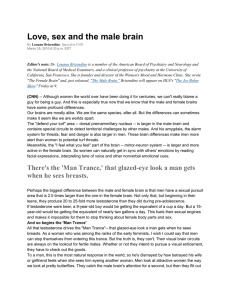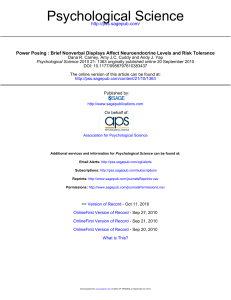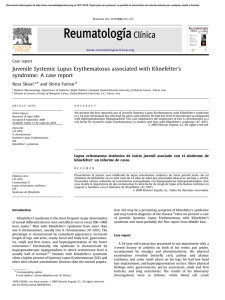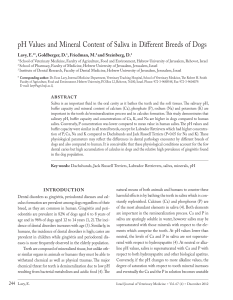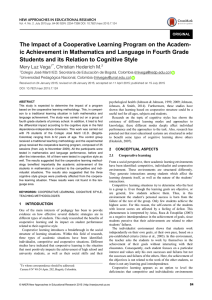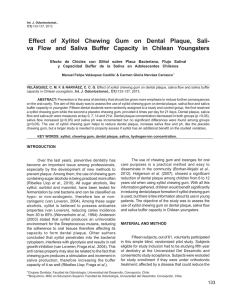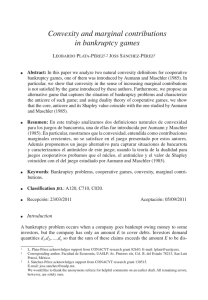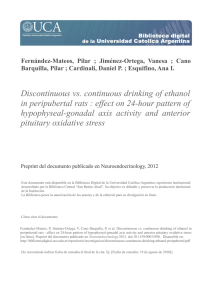Anuncio
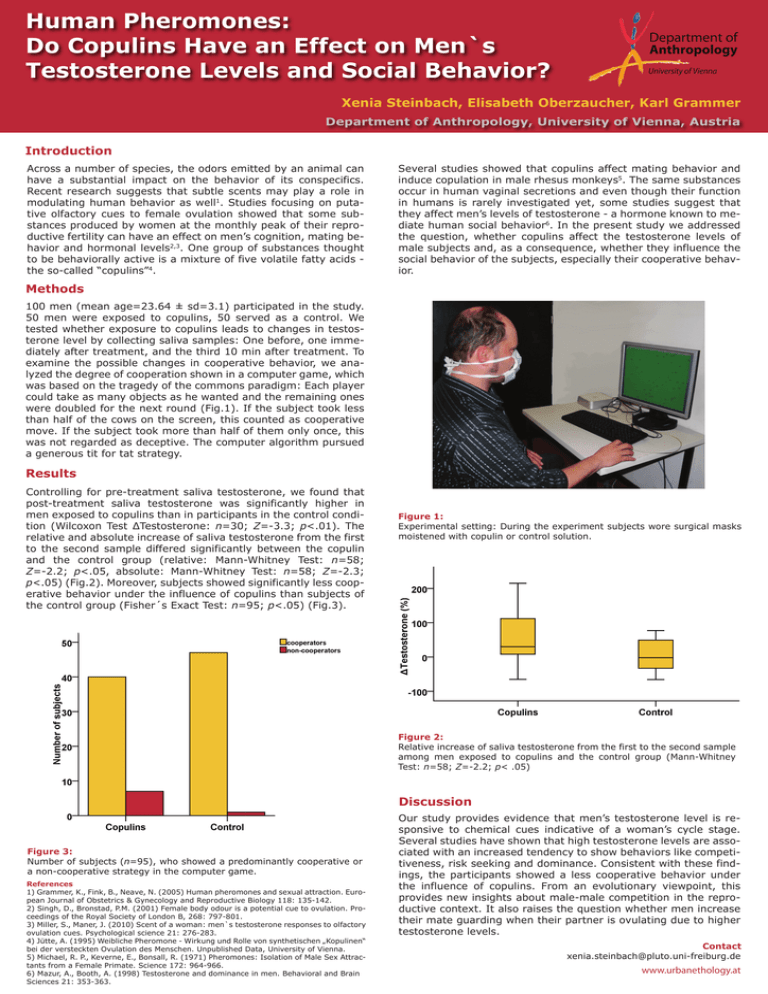
Human Pheromones: Do Copulins Have an Effect on Men`s Testosterone Levels and Social Behavior? Xenia Steinbach, Elisabeth Oberzaucher, Karl Grammer Department of Anthropology, University of Vienna, Austria Introduction Across a number of species, the odors emitted by an animal can have a substantial impact on the behavior of its conspecifics. Recent research suggests that subtle scents may play a role in modulating human behavior as well1. Studies focusing on putative olfactory cues to female ovulation showed that some substances produced by women at the monthly peak of their reproductive fertility can have an effect on men’s cognition, mating behavior and hormonal levels2,3. One group of substances thought to be behaviorally active is a mixture of five volatile fatty acids the so-called “copulins”4. Several studies showed that copulins affect mating behavior and induce copulation in male rhesus monkeys5. The same substances occur in human vaginal secretions and even though their function in humans is rarely investigated yet, some studies suggest that they affect men’s levels of testosterone - a hormone known to mediate human social behavior6. In the present study we addressed the question, whether copulins affect the testosterone levels of male subjects and, as a consequence, whether they influence the social behavior of the subjects, especially their cooperative behavior. Methods 100 men (mean age=23.64 ± sd=3.1) participated in the study. 50 men were exposed to copulins, 50 served as a control. We tested whether exposure to copulins leads to changes in testosterone level by collecting saliva samples: One before, one immediately after treatment, and the third 10 min after treatment. To examine the possible changes in cooperative behavior, we analyzed the degree of cooperation shown in a computer game, which was based on the tragedy of the commons paradigm: Each player could take as many objects as he wanted and the remaining ones were doubled for the next round (Fig.1). If the subject took less than half of the cows on the screen, this counted as cooperative move. If the subject took more than half of them only once, this was not regarded as deceptive. The computer algorithm pursued a generous tit for tat strategy. Results Controlling for pre-treatment saliva testosterone, we found that post-treatment saliva testosterone was significantly higher in men exposed to copulins than in participants in the control condition (Wilcoxon Test ΔTestosterone: n=30; Z=-3.3; p<.01). The relative and absolute increase of saliva testosterone from the first to the second sample differed significantly between the copulin and the control group (relative: Mann-Whitney Test: n=58; Z=-2.2; p<.05, absolute: Mann-Whitney Test: n=58; Z=-2.3; p<.05) (Fig.2). Moreover, subjects showed significantly less cooperative behavior under the influence of copulins than subjects of the control group (Fisher´s Exact Test: n=95; p<.05) (Fig.3). Figure 1: Experimental setting: During the experiment subjects wore surgical masks moistened with copulin or control solution. Figure 2: Relative increase of saliva testosterone from the first to the second sample among men exposed to copulins and the control group (Mann-Whitney Test: n=58; Z=-2.2; p< .05) Discussion Figure 3: Number of subjects (n=95), who showed a predominantly cooperative or a non-cooperative strategy in the computer game. References 1) Grammer, K., Fink, B., Neave, N. (2005) Human pheromones and sexual attraction. European Journal of Obstetrics & Gynecology and Reproductive Biology 118: 135-142. 2) Singh, D., Bronstad, P.M. (2001) Female body odour is a potential cue to ovulation. Proceedings of the Royal Society of London B, 268: 797-801. 3) Miller, S., Maner, J. (2010) Scent of a woman: men`s testosterone responses to olfactory ovulation cues. Psychological science 21: 276-283. 4) Jütte, A. (1995) Weibliche Pheromone - Wirkung und Rolle von synthetischen „Kopulinen“ bei der versteckten Ovulation des Menschen. Unpublished Data, University of Vienna. 5) Michael, R. P., Keverne, E., Bonsall, R. (1971) Pheromones: Isolation of Male Sex Attractants from a Female Primate. Science 172: 964-966. 6) Mazur, A., Booth, A. (1998) Testosterone and dominance in men. Behavioral and Brain Sciences 21: 353-363. Our study provides evidence that men’s testosterone level is responsive to chemical cues indicative of a woman’s cycle stage. Several studies have shown that high testosterone levels are associated with an increased tendency to show behaviors like competitiveness, risk seeking and dominance. Consistent with these findings, the participants showed a less cooperative behavior under the influence of copulins. From an evolutionary viewpoint, this provides new insights about male-male competition in the reproductive context. It also raises the question whether men increase their mate guarding when their partner is ovulating due to higher testosterone levels. Contact [email protected] www.urbanethology.at
